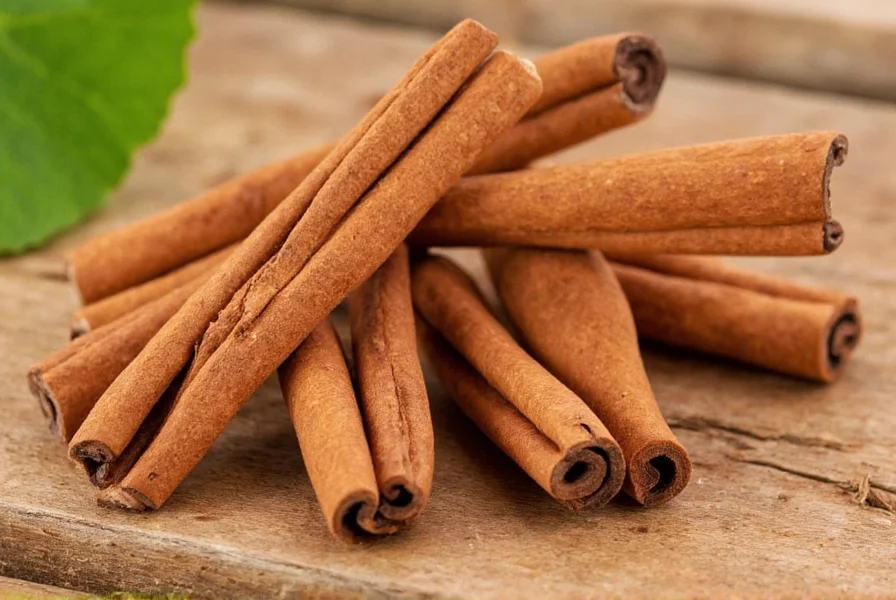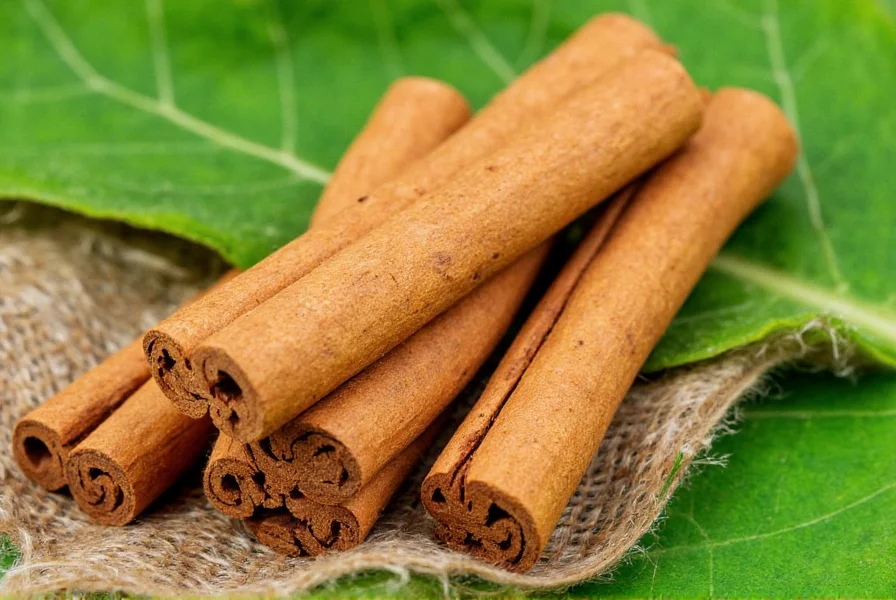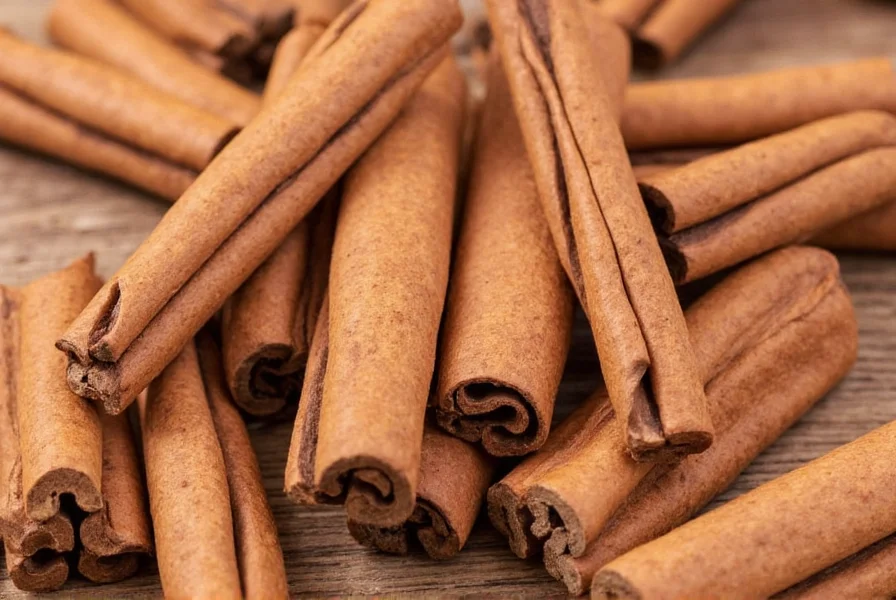For gardening enthusiasts interested in cultivating their own spices, growing cinnamon offers a rewarding challenge. This aromatic tree, native to Sri Lanka, produces the beloved spice from its inner bark. While cinnamon cultivation requires specific tropical conditions, with proper care it can be grown successfully in suitable climates or as a container plant indoors.
Understanding Cinnamon Plant Requirements
Cinnamon trees belong to the Cinnamomum genus, with Cinnamomum verum (true cinnamon or Ceylon cinnamon) being the most prized variety for culinary use. Unlike the more common cassia cinnamon found in supermarkets, true cinnamon has a delicate flavor and requires specific growing conditions that many gardeners can replicate with careful planning.
Climate and Environmental Conditions
Cinnamon trees flourish in tropical environments with consistent warmth and humidity. They cannot tolerate temperatures below 50°F (10°C) or extended periods of cold. In regions outside tropical zones, growing cinnamon indoors becomes the most viable option for dedicated gardeners.
| Climate Factor | Optimal Range | Tolerance Limits |
|---|---|---|
| Temperature | 68-86°F (20-30°C) | Cannot survive below 50°F (10°C) |
| Humidity | 60-80% | Minimum 50% for healthy growth |
| Rainfall | 100-150 inches annually | Drought tolerant once established |
| Light | Partial shade (4-6 hours sun) | Young plants need protection from direct sun |
Soil Preparation for Growing Cinnamon
The right soil composition significantly impacts your success with growing cinnamon from seeds. Cinnamon trees prefer:
- Slightly acidic soil with pH between 5.5-6.5
- Excellent drainage to prevent root rot
- Rich in organic matter (compost or well-rotted manure)
- Loamy texture that retains moisture without becoming waterlogged
For container growing, use a high-quality potting mix amended with perlite and coconut coir. Repot every 2-3 years as the tree grows, moving to containers that are 2-4 inches larger in diameter.

Propagation Methods for Cinnamon Trees
Successful cinnamon plant propagation can be achieved through several methods, each with different success rates and timeframes:
Seed Propagation
Fresh cinnamon seeds have the highest germination rate. Follow these steps for growing cinnamon from seeds:
- Collect fresh seeds from mature cinnamon fruits (which turn purple when ripe)
- Sow immediately as seeds lose viability quickly (within 2-3 weeks)
- Plant 1/4 inch deep in moist seed starting mix
- Maintain consistent warmth (75-80°F/24-27°C) and high humidity
- Expect germination in 2-6 weeks
Cutting Propagation
For faster results, many gardeners prefer cinnamon tree propagation techniques using semi-hardwood cuttings:
- Take 6-8 inch cuttings from healthy, disease-free branches
- Remove lower leaves, leaving 2-3 at the top
- Dip in rooting hormone (optional but recommended)
- Plant in moist perlite or sand mixture
- Cover with plastic to maintain humidity
- Roots typically develop in 6-8 weeks
Planting and Early Care
Whether you're growing cinnamon tree at home from seed or cutting, proper planting technique ensures strong establishment:
- Plant in a location with partial shade (morning sun with afternoon shade is ideal)
- Space trees 10-15 feet apart if planting multiple trees
- Water thoroughly after planting, then maintain consistent moisture
- Apply 2-3 inches of organic mulch to retain moisture and regulate soil temperature
- Protect young plants from direct sun and strong winds
Ongoing Cinnamon Plant Care Guide
Proper care ensures healthy growth and eventual spice production. Follow this cinnamon plant care guide for optimal results:
Watering Requirements
Cinnamon trees need consistent moisture but cannot tolerate waterlogged conditions. During the first year:
- Water 2-3 times weekly to maintain moist (not soggy) soil
- Reduce frequency as the tree establishes (once weekly may suffice)
- In containers, water when top inch of soil feels dry
- Use room-temperature water to avoid shocking roots
Fertilization Schedule
For vigorous growth and healthy bark development:
- Apply balanced organic fertilizer (10-10-10) every 2-3 months during growing season
- Supplement with micronutrients, especially magnesium and iron
- Reduce feeding in winter months when growth slows
- Container plants may need more frequent, diluted feeding
Pruning Techniques
Pruning encourages bushier growth and makes eventual harvesting easier:
- Begin pruning when tree reaches 2-3 feet tall
- Remove dead or damaged branches as needed
- Trim to maintain 3-5 main stems for optimal bark production
- Prune in late winter or early spring before new growth begins
Common Pests and Diseases in Cinnamon Cultivation
While generally hardy, cinnamon trees can face these challenges in organic cinnamon cultivation methods:
Pest Management
- Scale insects: Treat with horticultural oil or insecticidal soap
- Mealybugs: Remove with cotton swab dipped in alcohol
- Spider mites: Increase humidity and spray with water or neem oil
- Whiteflies: Use yellow sticky traps and insecticidal soaps
Disease Prevention
- Root rot: Prevent with proper drainage and avoid overwatering
- Leaf spot: Remove affected leaves and improve air circulation
- Anthracnose: Apply copper-based fungicide if severe
Harvesting Cinnamon: Timing and Technique
One of the most frequently asked questions in cinnamon cultivation is when to harvest cinnamon bark. Here's what you need to know:
Cinnamon trees typically reach harvestable maturity at 2-3 years old. The harvesting process involves:
- Cutting 2-year-old stems close to the ground
- Removing the outer bark with a knife
- Scraping the inner bark (the cinnamon layer)
- Allowing the bark to dry, which causes it to curl into quills
- Processing the quills into sticks or powder
For sustainable harvesting, cut only a portion of the stems each year, allowing the plant to continue growing. The harvested stems will regenerate new shoots for future harvests.

Troubleshooting Common Cinnamon Growing Problems
Even with careful attention to your cinnamon plant care guide, you may encounter these issues:
Yellowing Leaves
Possible causes: Overwatering, nutrient deficiency, or poor drainage
Solution: Check soil moisture, adjust watering schedule, and apply balanced fertilizer
Slow Growth
Possible causes: Insufficient light, inadequate nutrients, or container-bound roots
Solution: Move to brighter location (with filtered light), fertilize regularly, or repot to larger container
Dropping Leaves
Possible causes: Temperature stress, sudden environmental changes, or underwatering
Solution: Maintain consistent temperature, avoid drafts, and establish regular watering routine
Indoor Cinnamon Growing for Cooler Climates
If you're outside USDA zones 9-11, indoor cinnamon plant growing provides a viable alternative:
- Choose a bright location with filtered sunlight (south or west window)
- Maintain humidity above 50% (use a humidifier if needed)
- Rotate the plant regularly for even growth
- Monitor for pests more frequently (indoor plants are more susceptible)
- Expect slower growth compared to outdoor tropical conditions
With proper care, indoor cinnamon plants can reach 6-8 feet tall over several years, though they may never produce harvestable amounts of bark. The primary reward becomes the beautiful foliage and pleasant aroma.
Conclusion: The Reward of Growing Your Own Cinnamon
While growing cinnamon tree at home requires patience and specific conditions, the reward of harvesting your own fresh, high-quality cinnamon makes the effort worthwhile. Whether you're cultivating in a tropical garden or as a houseplant in a cooler climate, understanding the plant's needs and following proper cultivation techniques will give you the best chance of success. Remember that cinnamon trees grown for spice production need 2-3 years before their first harvest, but the plant itself provides beauty and fragrance throughout its growth cycle.
Frequently Asked Questions
How long does it take to grow cinnamon from seed to harvest?
Cinnamon trees typically take 2-3 years to reach maturity before the first bark harvest. Seeds germinate in 2-6 weeks, but the tree needs this extended period to develop stems thick enough for proper cinnamon harvesting. Patience is essential in cinnamon cultivation as the quality of the spice improves with the tree's age.
Can I grow cinnamon indoors successfully?
Yes, you can successfully grow cinnamon indoors as a houseplant, though spice production may be limited. Indoor cinnamon plants require bright, indirect light, high humidity (50%+), consistent temperatures between 68-86°F (20-30°C), and well-draining soil. While indoor plants rarely produce enough bark for harvesting, they make attractive, fragrant houseplants with proper care.
What's the difference between growing Ceylon cinnamon versus cassia?
Ceylon cinnamon (Cinnamomum verum) is more delicate and requires strict tropical conditions, while cassia (Cinnamomum cassia) is hardier and tolerates slightly cooler temperatures. Ceylon produces thinner, more fragile bark with a sweeter flavor but takes longer to mature. Cassia grows faster and produces thicker bark, but has a stronger, more pungent flavor. Most home growers seeking true cinnamon should focus on Ceylon varieties for superior quality.
How often should I water my cinnamon plant?
Water your cinnamon plant when the top inch of soil feels dry. During active growth (spring through summer), this typically means watering 2-3 times weekly in containers or once weekly for outdoor plants. In winter, reduce frequency as growth slows. The key is maintaining consistently moist but not waterlogged soil, as cinnamon trees are sensitive to both drought and overwatering.
When is the best time to harvest cinnamon bark?
The optimal time to harvest cinnamon bark is from 2-3 year old stems during the rainy season when the bark separates most easily from the wood. In tropical regions, this typically means harvesting between May and August. The stems should be about 1-2 inches in diameter. After cutting, the outer bark is removed and the inner bark is carefully scraped, then left to dry and curl into the familiar cinnamon quills.











 浙公网安备
33010002000092号
浙公网安备
33010002000092号 浙B2-20120091-4
浙B2-20120091-4